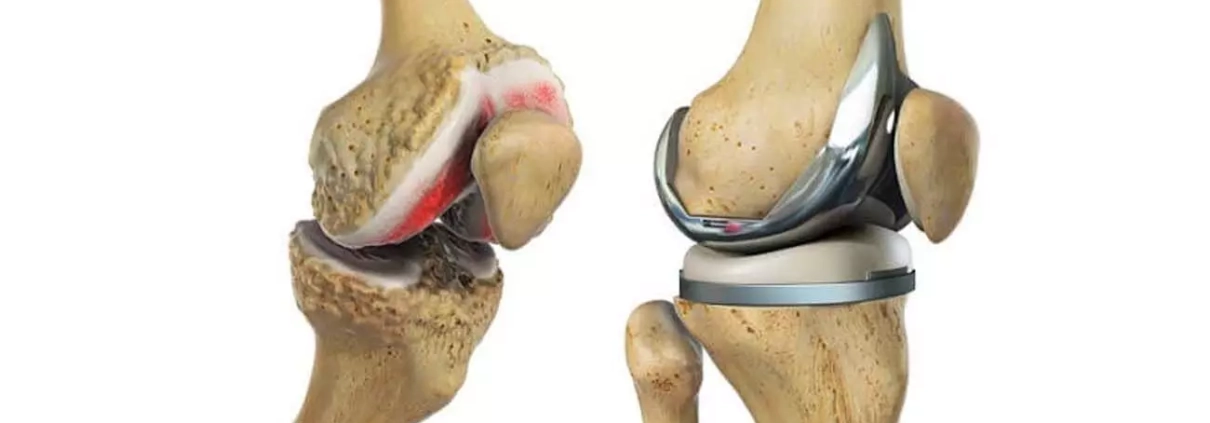Bone scintigraphy combined with integrated SPECT/CT advantageous in differentiating prosthetic infection from loosening: study

Prosthetic loosening and infection are still common complications after joint replacement. Over the past few years, single-photon emission computed tomography–computed tomography (SPECT/CT) was widely used and showed unique value based on the combination of anatomic and metabolic information of foci. However, its performance in differentiating between prosthetic loosening and periprosthetic infection after joint replacement is still the focus of clinicians and deserves further investigation.
Yaxin Tian et al conducted a retrospective study to determine whether bone scintigraphy combined with SPECT/CT still can differentiate prosthetic infection from loosening in patients after joint replacement. The differential efficacy in hip and knee prosthesis was also analyzed. Blood biomarkers for the diagnosis of periprosthetic infection were also evaluated.
The study was conducted at Ningxia Medical University, Yinchuan, China. It was published in “Indian Journal of Orthopaedics.”
Data sets of 74 prosthetic joints (including knees and hips), with suspected prosthetic loosening or infection were evaluated. Besides the results of nuclear imaging, X-ray images and serum biomarker were also recorded. Telephone follow-up and revision surgery after SPECT/CT were used as a gold standard. The sensitivity and accuracy of different imaging modalities were calculated by Chi-square test. The diagnostic efficacy of imaging methods and serum biomarkers were then analyzed by the area under curve (receiver operating characteristic curves, ROC) in SPSS 26.
The key findings of the study were:
• In all, 47 joints (14 knees and 33 hips) were confirmed as aseptic loosening, while 25 joints (18 knees and 7 hips) were confirmed as infection.
• The sensitivity and accuracy of SPECT combined with SPECT/CT imaging were the highest (92.86% and 87.84%, respectively).
• The differential efficacy of bone scintigraphy combined with SPECT/CT imaging was also better than any other single imaging modality.
• In the analysis of involved prosthesis, prosthetic loosening occurred more in hip prosthesis and knee prosthesis was easily infected (P<0.05).
• The sensitivity of ESR and CRP were 80% and 84%, respectively.
The authors concluded – “Bone scintigraphy with hybrid SPECT/CT remains encouraging in differentiating prosthetic infection from loosening after joint replacement. The diagnostic efficacy of differentiation in hip prosthesis was better than knee. Serum biomarkers cannot be used alone to differentiate prosthetic infection from loosening.”
Further reading:
Can99mTc MDP–SPECT/CT Differentiate Loosening and Infection After Hip and Knee Replacements?
Yaxin Tian, Yanghongyan Jiang et al
Indian Journal of Orthopaedics (2024) 58:316–322
https://doi.org/10.1007/s43465-024-01095-6



